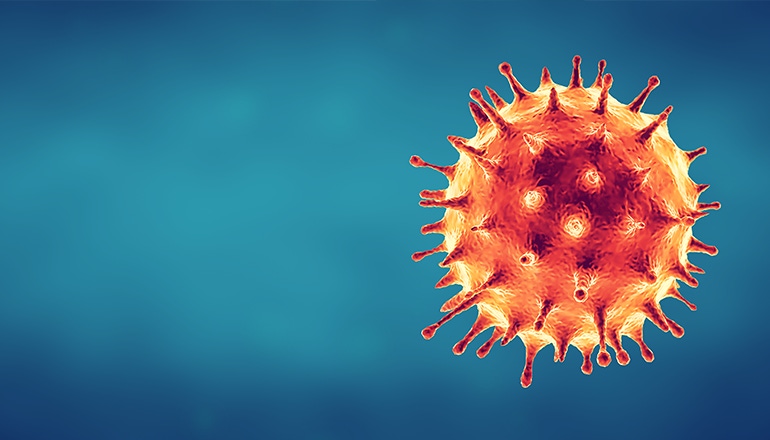University of Idaho explores coronavirus susceptibility in animals
Study aims to identify animal populations, including livestock, that are likely susceptible to pandemic-causing virus.
September 18, 2020

Three University of Idaho researchers will explore whether coronavirus can use farm animals or North American bats as intermediate hosts to spread the novel pathogen SARS-CoV-2 virus, which causes COVID-19 in people, according to an announcement from the university.
At his laboratory on the Moscow, Ida., campus, Paul Rowley, a virologist and assistant professor in the department of biological sciences, is using mammalian cell cultures and a viral agent similar to coronavirus to get to the bottom of the question.
“We already know that humans can infect cats and other animals,” Rowley said. “We’re interested in learning what animals are susceptible and if there’s a risk of SARS-CoV-2 jumping into the bat population in North America or domestic cattle or livestock.”
Aided by a federal grant, Rowley has teamed with University of Idaho research assistant professor Jagdish Patel, a molecular modeling specialist, and James Van Leuven, research assistant professor, to identify animal populations that are likely susceptible to the pandemic-causing virus.
Rowley pointed out that mink farms in Europe were shut down this year and the animals killed because of SARS-CoV-2 infections. In addition, civet cats — a weasel-like animal related to the mongoose — were partly responsible for the outbreak of severe acute respiratory syndrome (SARS) that occurred almost 20 years ago, he added.
“Those populations could potentially act as viral reservoirs and could initiate new disease outbreaks,” Rowley said.
Viruses are submicroscopic bundles of genetic material that cannot replicate without first invading a host cell. Once inside a cell, viruses — such as SARS-CoV-2 — multiply and can cause illness.
Last spring, instead of working on treatments to kill SARS-CoV-2, Rowley, Patel and professor Marty Ytreberg in the University of Idaho department of physics began to locate cell receptors that allow viruses to board and invade a cell.
If the researchers find a way to block receptors that allow SARS-CoV-2 to penetrate a cell, they could effectively halt the spread of the virus, the announcement said. Determining the animal receptors that enable SARS-CoV-2 cell entry will benefit both human and animal health, Rowley noted.
So far, scientists have learned that livestock are not as susceptible to coronavirus as humans, he said.
The National Science Foundation provided $199,594 in funding for the University of Idaho project.
You May Also Like

.png?width=300&auto=webp&quality=80&disable=upscale)

